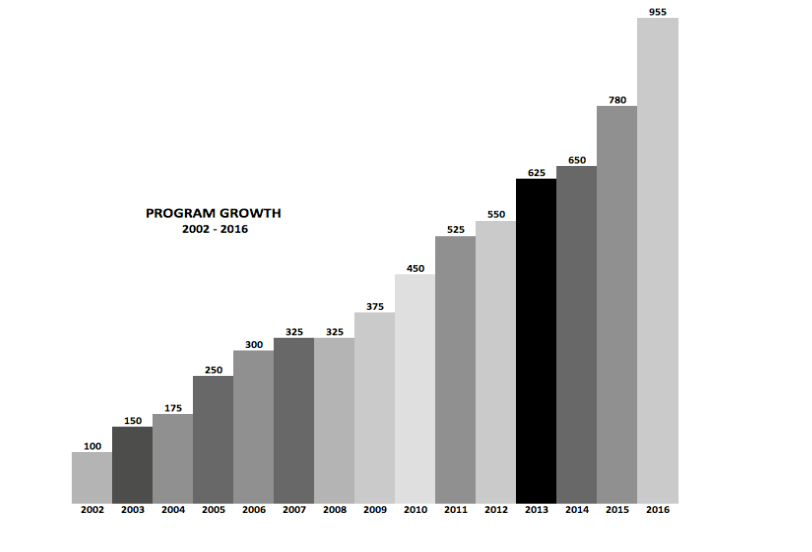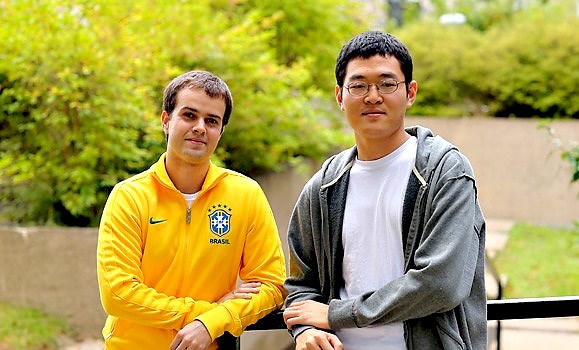The Richmond School District is reporting an eighth straight year of growth for its international student program, which now accounts for nearly one in 20 full-time students.
This school year set a new annual record for growth since the program began in 2002, as the district added 175 more non-residents to its classrooms, according to a report to the Richmond School Board on Monday.
The parents or guardians of this year’s 955 international students paid just over $13.5 million in tuition to the district. The entire program — including short-term classes, summer schooling and an offshore program in China — grossed $18 million. After expenses, the district took home $6.5 million this year.
With government funding not meeting rising costs, board chair Debbie Tablotney said the revenue is “assisting” the district.
“This has helped us with rising costs for hydro and all types of things. And we haven’t received any large increases in grants, so we are relying on some of these funds.”
Trustee Ken Hamaguchi echoed Tablotney.
“When it comes to the budget, we rely on this,” he said.
Presently, for the second term, there are 117 international students in elementary schools and 854 such students in secondary schools.

“At a time when we are closing schools, this program allows us to keep our (enrolment) numbers up,” said Tablotney.
Richard Hudson, director of international programs, stated in the report that the district could expect international student enrolment to soon reach 1,150.
Tablotney said the district is not looking to grow the program “too much at this point in time,” however, the board has not set a hard cap on the program, which has grown in absolute numbers 14 of the 15 years it has existed.
“Schools are confident that the program numbers can increase and still maintain the quality of the student experiences,” wrote Hudson.
Tablotney said the international students do not influence curriculum or the kinds of programs offered in the district.
The district contends international students not only bring revenue to schools, but they also “foster greater international understandings and relationships.”
Hudson said too many international students could dampen the international experience for the students and thus the marketability.
His report indicates the district is being proactive in promoting the program’s growth. For instance, the district is looking to enhance professional services offerings, and to provide additional supports for students, school and families.
The district is also marketing the program, with recent administrative staff trips to Brazil, Germany, China, Hong Kong, Japan, Korea, Taiwan and Spain to “create and deepen” relationships with respective government organizations and agencies.
Hudson specifically reported on the growth of the district’s offshore school in Shenzhen, China, noting 233 students and adults visited Richmond from the school, this year.
Chinese students account for about 80 per cent of the district’s international students, who come from 21 different countries.
Next year, the district will charge slightly higher base tuition fees — soon to be set at $14,000 per year. The rate hike is expected to bring in an additional $1.3 million, should enrolment remain the same. The tuition hikes are said to be in response to other districts in the region doing the same, noted Hudson.
The program is responsible for 89 full-time employees, including 55 teachers in the district and 19 teachers working in Shenzhen.
The recent growth has resulted in a new management position to provide translation support and oversight of a community outreach program.
The report was sent to the board as an annual update, but also to make it a “program of choice,” which means the district will have more flexibility in choosing students and setting expectations for them.
Trustee Donna Sargent said “we are proud of our international student program.”
The program’s growth corresponds with a push by the provincial government to increase international students by 50 per cent, from 2012 to 2016, at all levels of public and private education.



